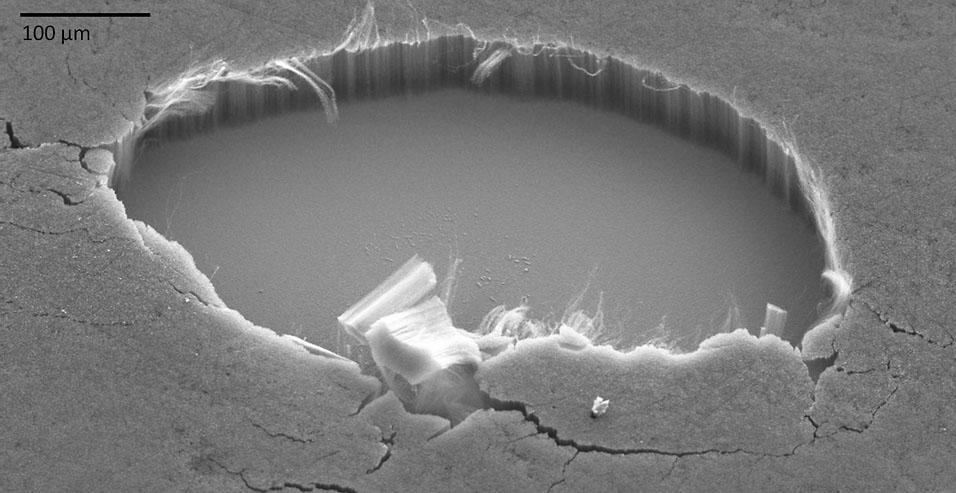 | |
|  |
|
|
| |
| Damn you, Walt Simonson; also, nanotubes | Nov 10, 2011 9:06 AM PST | url |
| | |
Added 1 new A* page:I blame this page on Walt Simonson, because after ripping through the extensive art galleries on his Facebook page this evening, I sat down to draw this page, and the pencil drawing came out kind of Walt Simonsony--with a certain scribblinear zest, I mean. And I thought "man, drawing like Walt Simonson is fast and easy, this page is gonna be a breeze!" O fool! Because at least half the trick of drawing like Walt Simonson must be in inking like Walt Simonson, and I wasn't even clever (or stupid?) enough to try that; I just set about inking it my own way, and of course ran into well-deserved difficulties.
I mean jeez! Just look how he arcs these crazy stylish lines across with a brush pen here:
video on Youtube
Phew. Anyway, I got turned on to his art way back in the days of his legendary run on Marvel's "Thor," and the particularly inspiring thing about his Facebook galleries is that he's posted a lot of his old stuff--like, just outta high school stuff, or even earlier--and some of it is actually fairly non-fantastic. So you mean a Walt Simonson isn't born fully styled and mature from the head of Zeus? Well maybe, but apparently just practicing a lot helps, too. So that's encouraging and should give the rest of us some hope.
~~~~~
NASA just announced that they have developed an ultra-black material made of carbon nanotubes, which they describe as "tiny hollow tubes made of pure carbon about 10,000 times thinner than a strand of human hair." In this material, the tubes stand on end "like a shag rug"--as you can see around the rim of the cutaway section here

image by Stephanie Getty, NASA Goddard (source)
--and incoming light bounces down their sides, getting trapped and absorbed before it can escape. This allows the material to absorb about 99% of incoming light; even the best black paints, by comparison, only absorb about 90% of the light hitting them, and inside a telescope, where image quality depends greatly on minimizing excess light bouncing around, this nanotube material, in replacing the black paint with which telescope insides are usually coated, could significantly enhance the telescope's image refining ability.
The material is also lighter and better at radiating heat away than other black coatings used in spaceflight, and thus could prove useful in a variety of space applications.
Keen! And now if NASA would develop it into a nice ultra-black ink for oh say artists trying to paint things like black holes, that would be super, too. :D
|
·····
|
|
|
